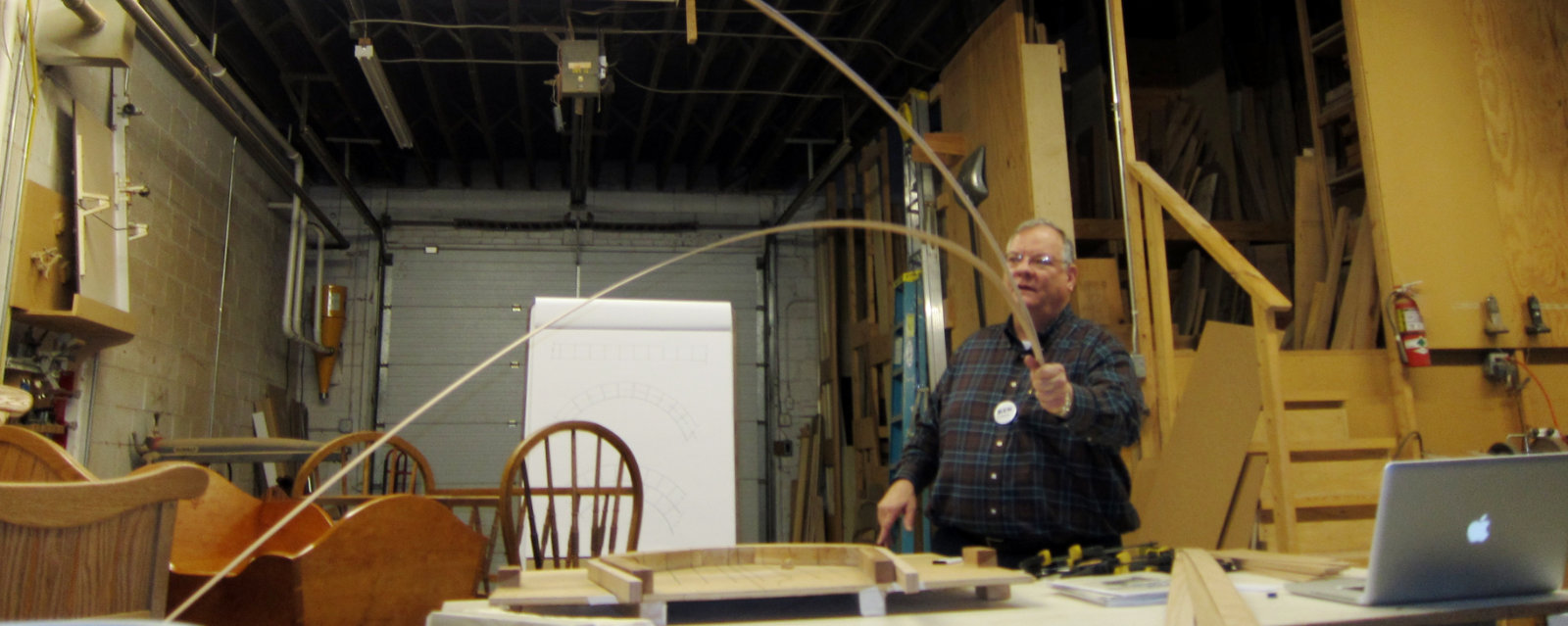WPW member Dean Ridgeway has been a high school technology education teacher in the Kiski Area School District for over 20 years, specializing in manufacturing, and materials processing. A large part of the curriculum focuses on automation that exists in manufacturing, and students enrolled in class have opportunities to work with a CNC Lathe, CNC Mill and CNC Router. In todayâs work environment, students need to be exposed to how computers and machines work together for automated equipment and processing. For many years CNC technology and equipment stayed primarily in industry for two reasons: expensive equipment costs, and fairly complex software programming techniques. Over the past years, CNC machinery has begun to surge into smaller businesses and homeowner shops, primarily because machine costs are now manageable and software has become more user-friendly. With Kiski Areaâs permission, Dean has been able to bring a Shark HD Pro CNC router to use during his demonstration, which was purchased from Rockler Woodworking.
The presentation will begin with a basic discussion of types of CNC machinery including 2-axis and 3-axis machinery. To understand how a CNC machine and a computer communicate, it is important to understand two different concepts; the coordinate axis system of X, Y and Z, and the G & M language that is created through post-processing to verbalize commands. The discussion will briefly cover the commonly available CAD CAM design software intended for small machines appropriate for the home shop, citing the various advantages of each including self-help areas, forums for questions or problems, and showcase areas for showing off your work. At this point, we will design a part that will be processed on the machine. We will work on contours, pockets, tabs, importing graphics, and other various components that are used to create various parts. Once the part has been designed, it will be post-processed into G & M Code, and then run on the router to machine the part. Depending on how we’re doing on time, Dean may choose to design/process a very simple part first, so that the meeting can end on time allowing everyone to see all steps in the process. For those wanting a more in-depth look, Dean may present some more-complex concepts following the meeting for those interested in staying later.
About the Presenter
Dean Ridgeway
Technology Education teacher at Kiski Area High School 29 years
Tech. Ed. Department Head for the past 9 years
Bachelors (1991) and Masters (1997) Degrees in Technology Education
Owner of Ridgeway’s Machine Maintenance since 2010

